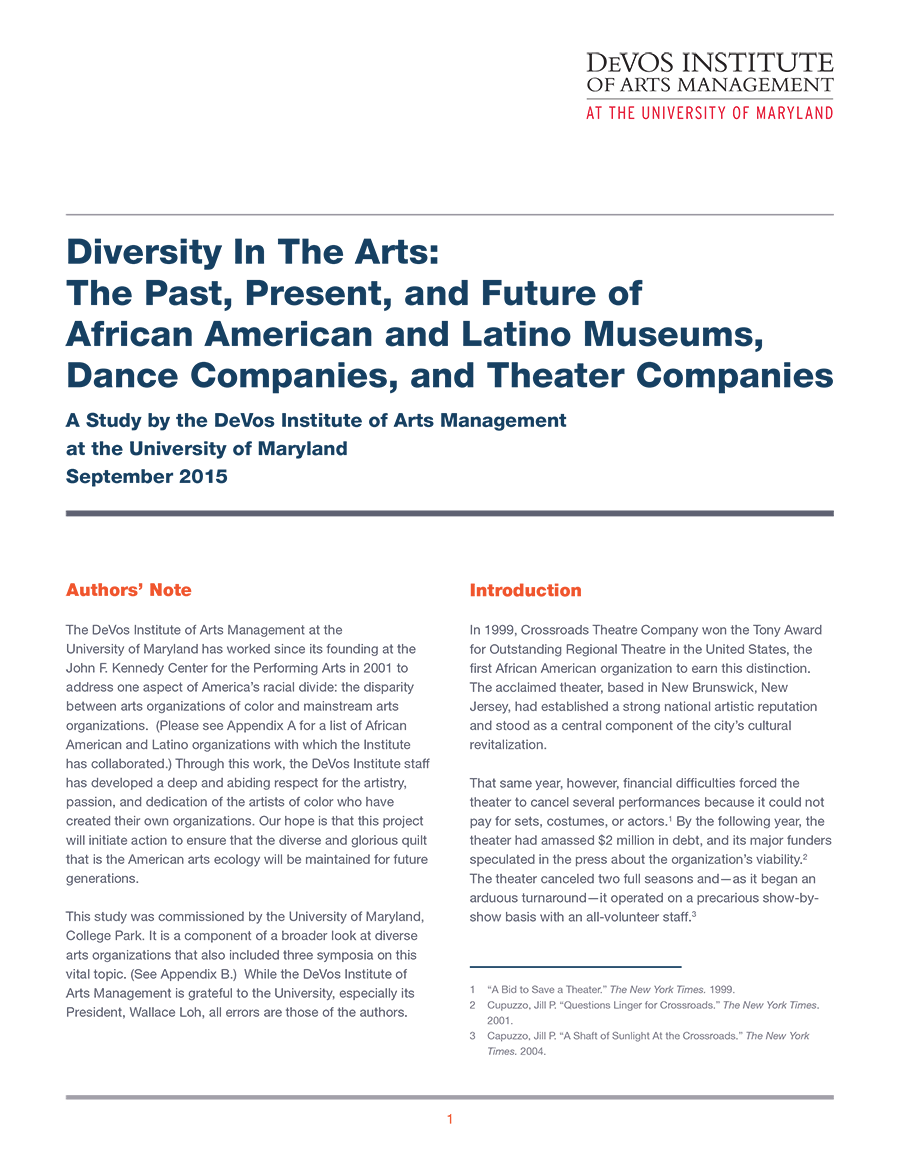Diversity, Equity, and Inclusion
Eleven years of retracing our family history had led me here to the March, but this long journey began with my mother, Lucille Dion Wilson. She was enrolled on the Rosebud reservation in South Dakota, where she grew up. Between the ages of ten and sixteen, she attended the Holy Rosary Mission School, a boarding school on the Pine Ridge reservation. After moving to Minneapolis, she eloped with Chuck Wilson, a tall Swede from central Minnesota, and raised five children in a white suburb. When I was growing up, she told me that she was done with “all that,” referring to her Indian heritage.
Read More...Introduction: Georgia Men
“Black people did not come back from Georgia.”
“A man or woman that had learned that they might be taken south might do anything.”
“A man who had to see his son stand naked before buyers might do anything.”
Read More...Art is not magic; most artists are not all that different from other people. However, many of them developed a skill or asset that most of us haven’t: a fascination for the undercurrent in our society, in our social encounters, in our practices, in our organizations.
Jaap Warmenhoven, Stanford Social Innovation Review
Grantmakers in the Arts is committed to promoting racial equity in arts philanthropy and increasing support for African, Latinx, Arab, Asian, and Native American (ALAANA) artists, arts organizations, and communities. Our statement of purpose for this work, published in March 2015, comes after five years of internal discussions, workshops, articles, and forums led by a small learning group consisting of social justice funders and those concerned with social justice.
Read More...Arts managers connect audiences to the greatest artistic achievements of humankind. Yet, the cultural sector and public know little about their demographic makeup in the United States. A paucity of literature exists on arts managers (Americans for the Arts 2013; DiMaggio 1987; Herron et al. 1998; Mankin et al. 2006), and questions pertinent to assessing the current level of demographic diversity in the arts management workforce remain unexplored.
Read More...This past January I was preparing for a youth education and empowerment program I work with in Pittsburgh called the Omega Dr. Carter G. Woodson Academy, and the research I was doing revealed some fascinating connections between the civil rights movement and philanthropy. This year has also been marked by the fiftieth anniversary of the Voting Rights Act and a national initiative to provide free admission for schoolchildren to see the movie Selma, which was released in December and chronicled the protests that led to the passage of that 1965 legislation.
Read More...September 2015, 58 pages. DeVos Institute of Arts Management, 1300 Pennsylvania Ave NW, Suite 410, Washington, D.C. 20004. (301) 314-0963. www.devosinstitute.net.
Download:
Read More...With the much needed and welcomed national attention now being given to equity in arts and cultural funding, there is growing discussion — and debate — about the importance of collecting, analyzing, and reporting demographic data relating to grantmaking. The Grantmakers in the Arts Statement of Purpose on Racial Equity in Arts Philanthropy recommends advocating for research and data collection that accurately represents the demographics served by and serving in arts organizations and foundations.
Read More...
